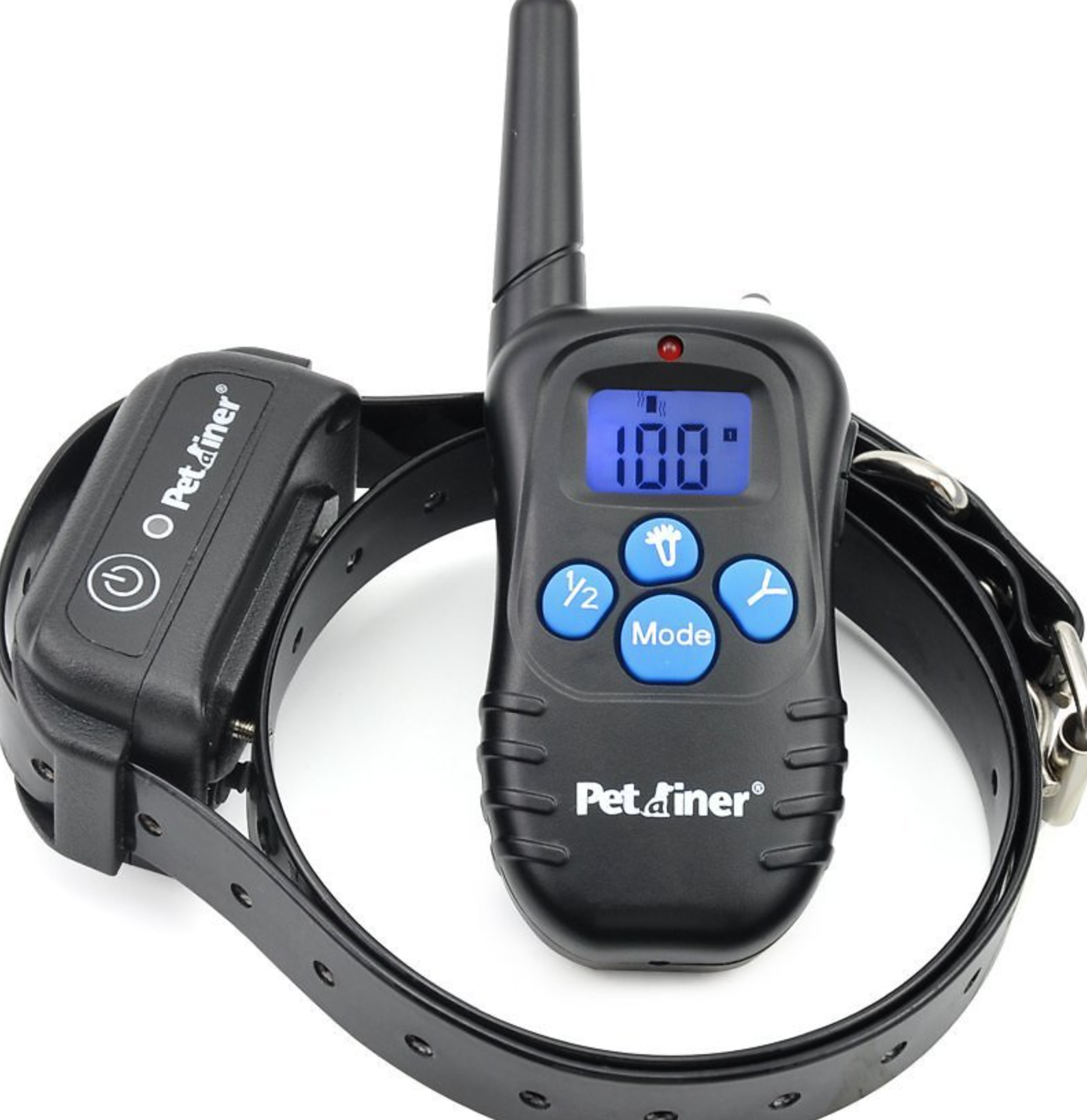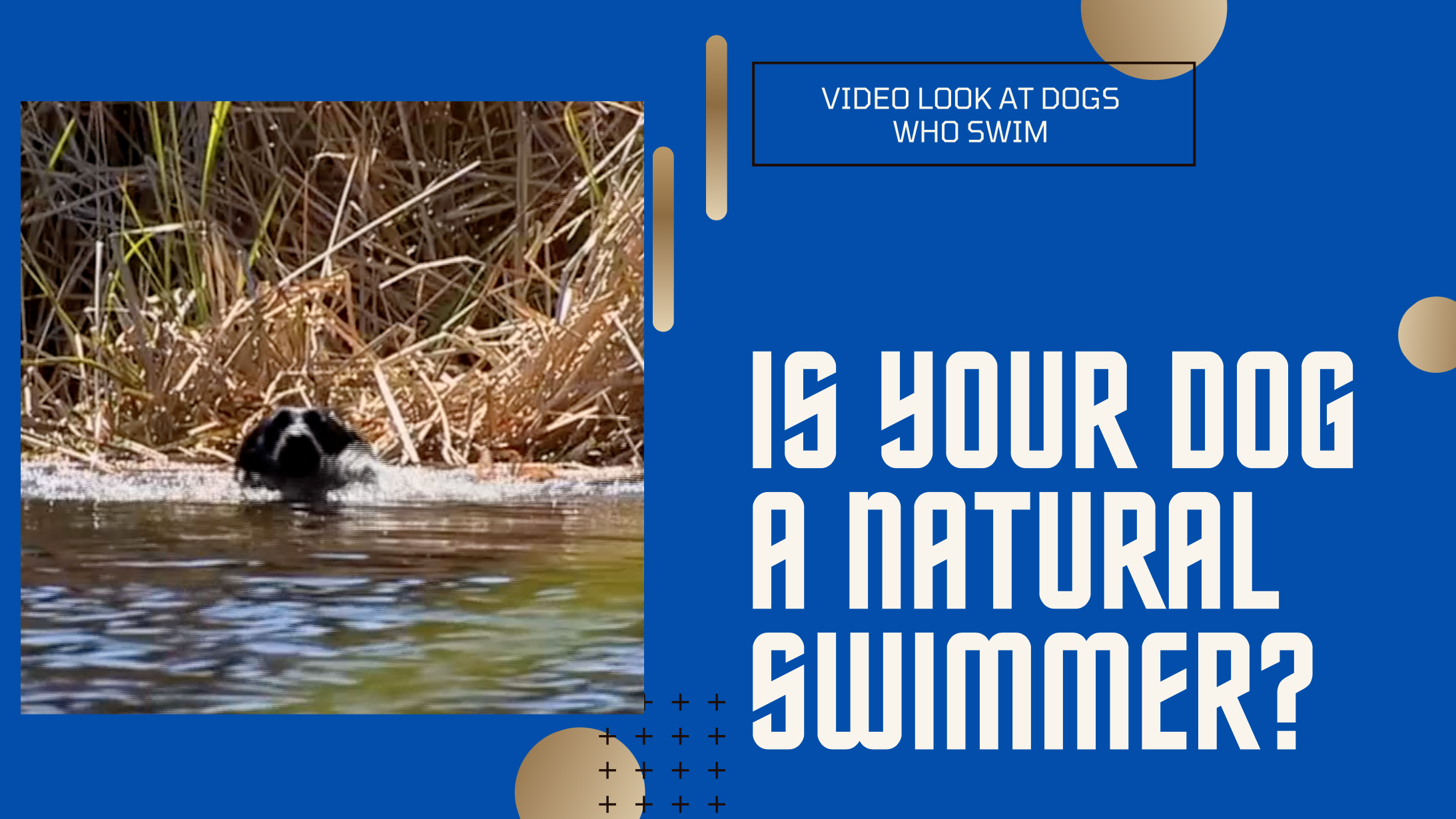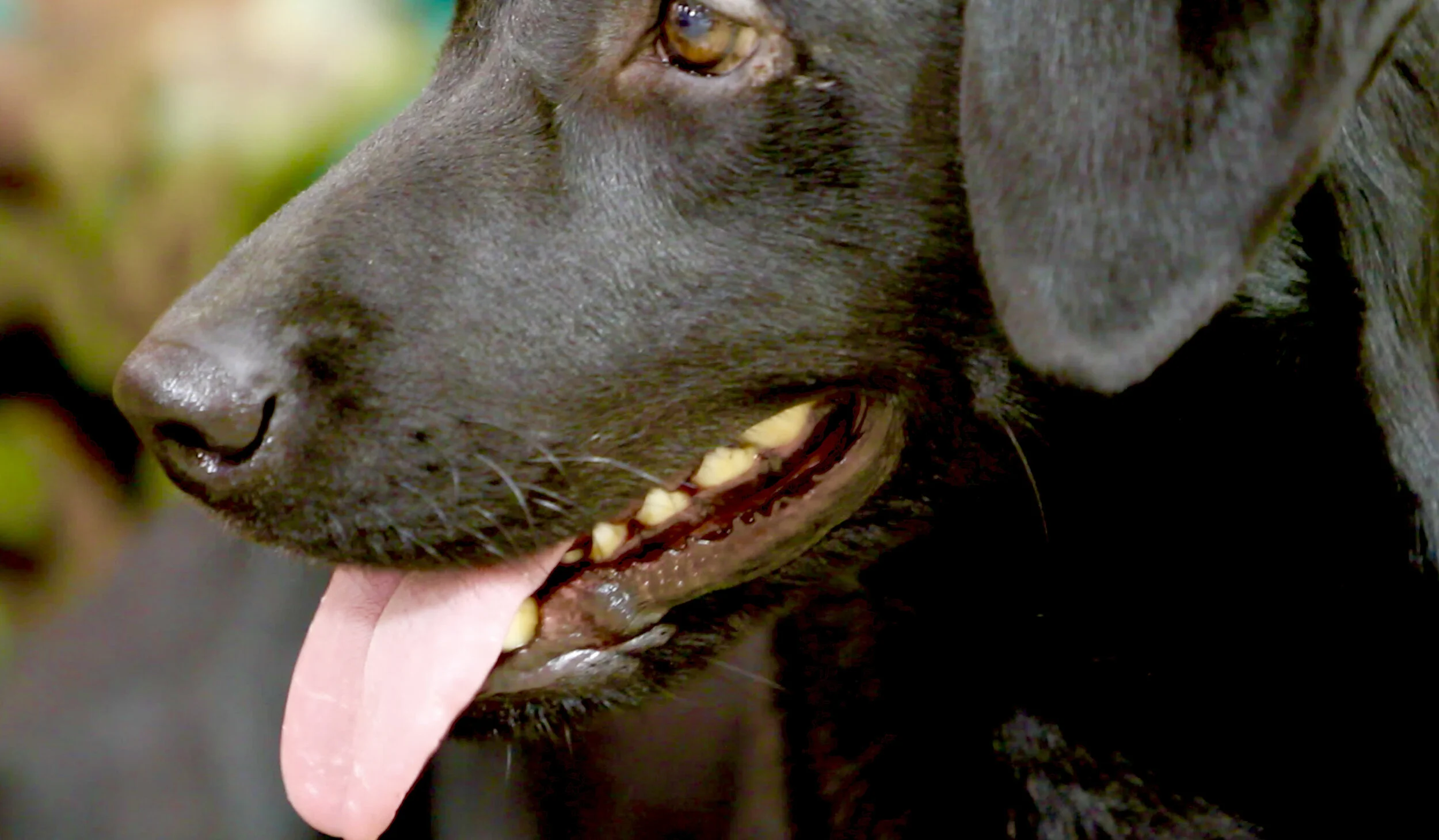Update: On Oct 6, 2020 Petco CEO Ron Coughlin announced that the company is pulling all shock collar systems off their shelves. Please read the full story here.
I am not a professional dog trainer, nor am I aligned with any business that promotes or produces dog training equipment. I’m just a person that loves Retrievers. I have zero desire to become a trainer for someone else’s dog.
Also, much of what I have learned comes from years of being around trainers that know much more than I do about dogs.
Still, I have been around working dogs for more than a decade, and I’ve learned a few things about dog training. Number One: A qualified dog trainer (obedience or otherwise) does not need to use Negative Reinforcement (i.e. e-collars) to get proper behavior. Number Two: People that resort to e-collars as some sort of punishment tool should not own a dog. That’s not how they are supposed to work.
I judge working dogs at AKC events. My wife and I have two highly trained Labrador Retrievers. The neighbors know about our interest in training working dogs and they’ve expressed a desire to learn more about e-collars. That good. The more you know the better dog person you’ll become.
However, they are led to believe (much of it through social media marketing) that e-collars magically make a BAD dog, GOOD. That’s not true. Actually, in the wrong hands, an e-collar can cause serious physical and physiology issues. Therefore, I never recommend an e-collar to anyone.
First, e-collars are not always used to train retrievers. Some retriever trainers use other methods. But whatever method is being used there is Positive or Negative Reinforcement happening in the background.
Dogs are creatures of habit. Negative Reinforcement can simply mean a dog doesn’t get treats or praise if they don’t do the correct behavior. It doesn’t have to mean pressure by an e-collar.
Incidentally, an e-collar does not produce shock-like electricity. It produces an electronic stimulation, not a shock. The name shock collar crept up somewhere in our language and it stuck.
But it is not an electric shock. When used properly they are totally safe. But when used improperly for extended periods of time, they can cause issues. The prongs from the e-collar can actually penetrate the skin of the dog. Good trainers know that, and they never leave them on the dog except while training in short sessions.
My pure motivation for writing this post is to create an awareness of Positive and Negative Reinforcement when it comes to dog training. All dog trainers use one type or the other.
There are situations where an e-collar will serve a purpose, and teaching a dog to retrieve at great distances is one of them. But having a dog sit on command is not something that requires an e-collar. You can get the same solid results using cheese. Hypothetically ABC company shows videos of dogs doing amazing things, but what they don’t show you is that the dog is getting constantly stimulated by an e-collar. That’s not training that’s punishment. It happens all the time, and I simply left the name of the company out of the story because it didn’t serve a purpose to identify them.
There’s an older post on my website about one retriever trainer that uses e-collars differently than most and to great success, I might add. I tagged it here so you can read it too Force Free Training
As you can see from Bill Hillman’s techniques, e-collars can be used in many ways that don’t involve any force training methods. E-collars can be a Positive tool, too.
If you are determined to use an e-collar please search out a qualified training facility first that can show you how, and check their Google reviews carefully. Be sure they know how to use an e-collar properly. Better yet, find a dog trainer through your Vet. Understand there are no special qualifications needed to say that you’re a dog trainer. Anyone can suggest that they are qualified. That’s dangerous to you and your dog. Always ensure that if you leave your dog with someone, or train with someone that they have endless recommendations that can be validated.
Dogs trust us. Do research. You’ll be happy that you did, and so will your furry friend.


























